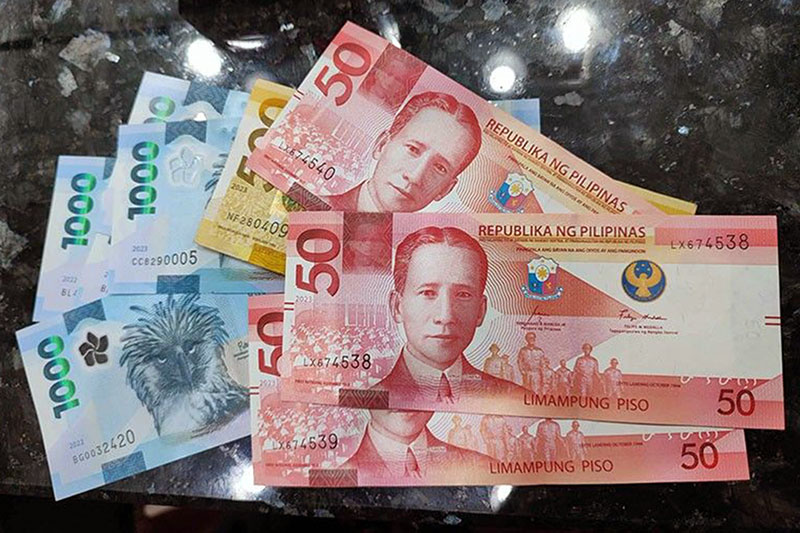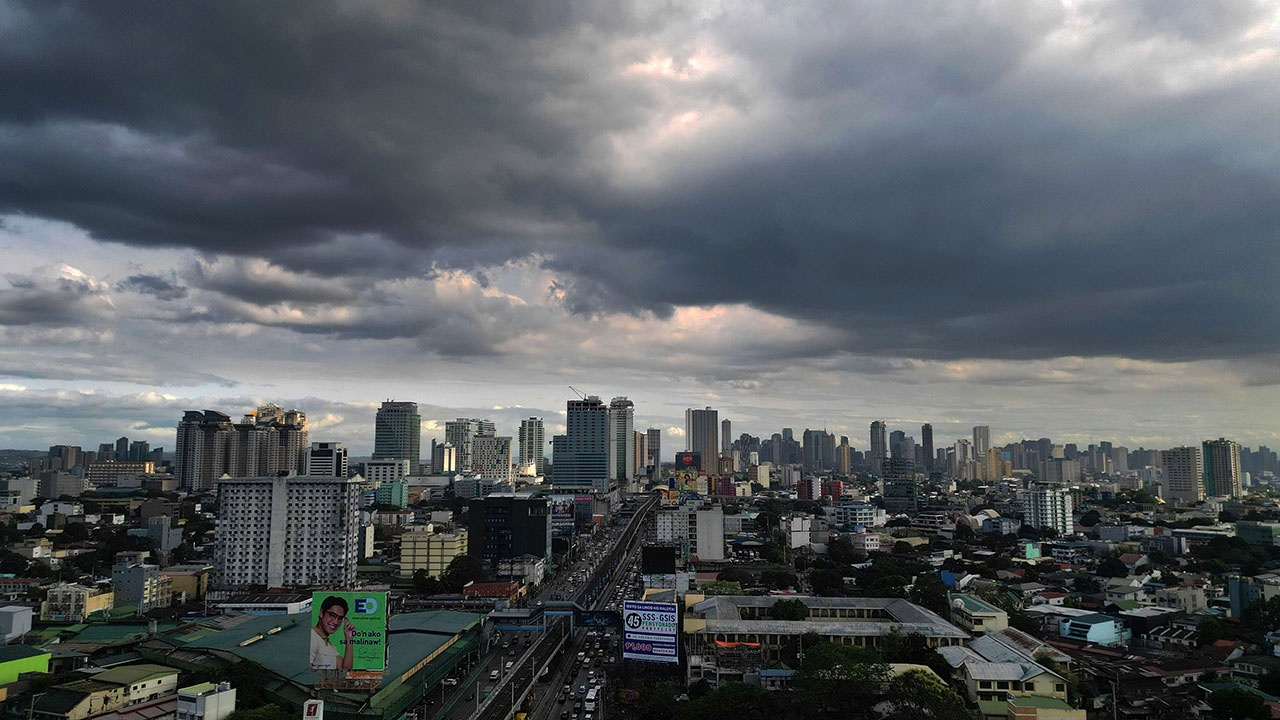
Upgrade to High-Speed Internet for only ₱1499/month!
Enjoy up to 100 Mbps fiber broadband, perfect for browsing, streaming, and gaming.
Visit Suniway.ph to learn
FOR MONDAY
The Philippines would buck the trend of weak growth prospects in emerging markets (EMs) amid the United States' (US) tariffs threat, according to the think tank Capital Economics.
"In all, aggregate EM GDP growth is likely to slow in the coming quarters... we think growth will generally fall short of consensus expectations," Capital Economics' emerging markets team said in a March 26 report.
Besides looming US import tariffs, Capital Economics warned that "weaker capital inflows, lower commodity prices, and tight policy will all drag on growth" across EMs.
The think tank nonetheless noted that "there's a wide degree of variation at a country level, with rapid growth still likely in parts of Asia (such as India and the Philippines), while Latin America is likely to lag behind."

Capital Economics forecasts the Philippines' gross domestic product (GDP) to grow by six percent this year—at the lower end of the government's more ambitious six- to eight-percent target, after last year's below-expectations 5.6-percent expansion.
It expects Philippine growth to further quicken to 6.5 percent next year and 6.3 percent in 2026.
"We expect growth to remain relatively strong in 2025, helped by policy loosening from the central bank," Capital Economics senior Asia economist Gareth Leather and assistant economist Joe Maher said in a separate March 27 report.
Capital Economics projected GDP for every quarter of 2025 and the first half of 2026 to grow by above one percent from their preceding three-month periods' levels.

This would partly be supported by manageable inflation, projected by Capital Economics to average 3.2 percent this year, 2.9 percent next year, and three percent in 2027—all within the government's targeted two- to four-percent band of annual price increases deemed conducive to economic growth.

According to Capital Economics, the Philippine economy had a 0.7-percent share of total world output in 2024.
Capital Economics said that "slower growth will keep the EM monetary easing cycle going, led by Asian central banks, although high inflation across Central and Eastern Europe and Latin America will limit scope for rate cuts there."
In the case of the Bangko Sentral ng Pilipinas (BSP), Capital Economics forecasted earlier that it expects a total of 100 basis points (bps) in interest rate cuts this year, to bring the policy rate down to 4.75 percent by year-end.

"The BSP left interest rates unchanged at its February meeting, but we expect them to resume their easing cycle soon," it said. The next BSP decision on its monetary policy will be on April 10.
It would help that "inflation in the Philippines is likely to stay comfortably within the BSP's two- to four-percent target range this year," the think tank said.
Capital Economics conceded earlier that its projection for BSP policy easing was "more dovish" than consensus.

 1 day ago
2
1 day ago
2



